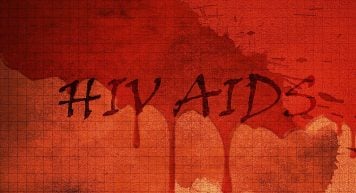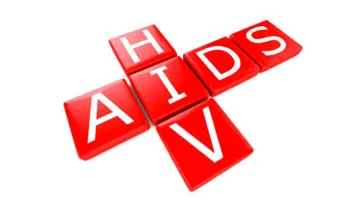Since 2012 the number of new HIV infections in New Zealand has been on the rise. 2015 saw the highest number ever recorded, with an estimated 1 in 15 gay and bisexual men living with HIV in New Zealand.
The Ending HIV campaign brings together a combination of prevention options that work to reduce the risk of HIV transmission or prevent it completely. It also raises awareness of supporting people living with HIV.
HIV is arguably the world’s most dangerous infectious disease epidemic of our time, however, when compared to global trends, New Zealand has a low HIV prevalence. This is largely due to high levels of condom use in the country.
The Ending HIV campaign aims to maintain rates of condom use, make the preventative medication PrEP* more widely available to those who need it, find undiagnosed HIV infection through increased testing and provide more immediate treatment to people diagnosed with HIV. Jason Myers, Executive Director, NZAF says, “If we can achieve all of this, New Zealand would be well positioned to reverse the trend of growing HIV infections.”
“HIV is most dangerous when you don’t know it’s there. With HIV rates on the rise – getting a sexual health check-up at least twice a year is a must for high risk individuals,” says Mr. Myers. “If you do test positive for HIV, the new medications available are very effective, easy to take and have few side effects. HIV is no longer a death sentence, it’s a serious, but manageable, health condition.”
The Ending HIV campaign is also vital in reducing the stigma around HIV. “People have a right to health equality and we need to demand nothing less. Years of work have meant we’re in the fortunate position of keeping the HIV epidemic at low levels compared to other countries. However, considering the prevention options available, it is a gross injustice that nearly two million people continue to be newly diagnosed with HIV every year around the world,” says Mr. Myers.
“The longer we take to make available the full suite of HIV prevention options the higher the numbers will grow, and the higher the costs to our communities in treating the disease. If communities, clinicians and policy-makers work together, ending new HIV infections by 2025 is achievable. Imagine a future where there are no new transmissions of HIV – what a gift that would be to the next generation.”




